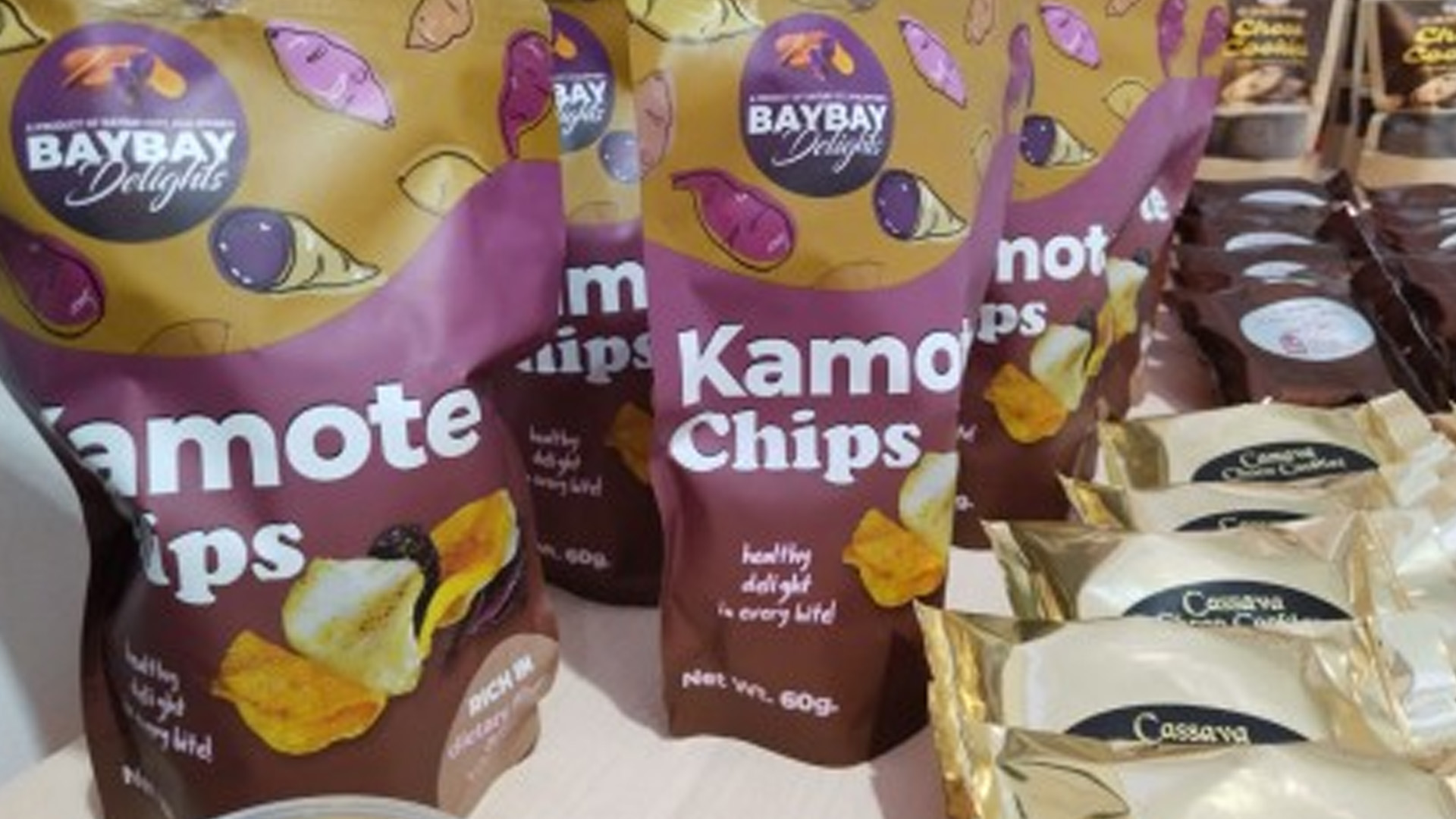Officials are optimistic that the availability of production technologies will encourage more farmers in Eastern Visayas to plant root crops given their suitability to the region’s soil and growing market demand.
Philippine Root Crops Research and Training Center (PhilRootcrops) Director Edgardo Tulin, former president of Visayas State University (VSU), said Friday that he has seen the growth of root crops in the past 40 years as the school embarked on various research projects.
“Root crops play a major role in our industry, and they have become frontliners for research at VSU. The university has dedicated our efforts to elevating the root crop industry,” Tulin said who was present during a two-day Root Crops Farms and Industry Encounters through the Science and Technology Agenda (FIESTA) held at the Visayas State University (VSU) here that started Wednesday.
During the event, the Department of Science and Technology—Philippine Council for Agriculture, Aquatic, and Natural Resources Research and Development (DOST-PCAARRD) applied communications division director Marita Carlos was hopeful that the interest of more farmers to venture into root crop cultivation will increase as soon as they see the collaboration of technology generators, farmers, investors, and entrepreneurs.
“As more technologies have matured, FIESTA has become a venue to facilitate the commercialization of technologies to inspire entrepreneurs in building enterprises from technologies intended for extension and for investors in technologies for commercialization,” Carlos said.
PhilRootcrops assistant director Marlon Tambis said there are about 1,000 hectares of cassava in Leyte meant to support the local production of cassava chips, flour, and animal feeds.
“We expect more farmers to plant cassava in the future since a starch factory will need the yield from 5,000 hectares to support its operations,” Tambis told the Philippine News Agency in a separate interview.
Cassava is one of the most important root crops in the Philippines because of its many uses. Aside from being used as food, cassava is also used in the manufacture of industrial products like chips, flour, starch, glucose, and ethanol.
It is also used in the production of animal feeds. Cassava can be processed into different food products with higher economic and nutritive value.
For sweet potato or camote, Tambis said the crop thrives well in different areas of the region, but the most notable are farms in Dulag and Leyte with a combined area of 200 hectares.
Sweet potatoes are one of the most important food sources in the Philippines. It is also used in the manufacture of industrial products like flour and starch and the commercial production of animal feeds.
The Sweet Potato Processing Center in this city has been producing camote ice cream, the first of its kind to be commercialized in the Philippines, and is one of the many new products made from root crops that will be manufactured and distributed by the local government-run facility.
Established in 1977 inside the VSU campus, PhilRootcrops also promotes the production of gabi or taro, which can grow in marginal areas, but its production could be many times greater if the crop is planted and cultivated in suitable locations with the right soil and amount of water.
Another priority is ubi or yam. The ubi tuber, which is often priced high because it is very expensive to produce apart from being perennially in short supply, is used mainly in the preparation of a variety of sweet food delicacies.
The Root Crops FIESTA, meant to inspire participation from local government units, investors, entrepreneurs, policymakers, and other stakeholders, is one of the 100th-anniversary activities of VSU.
The event showcased innovative root crop products and technologies developed by the Visayas Consortium for Agriculture, Aquatic, and Resources Program; the Western Visayas Agriculture, Aquatic, and Natural Resources Research and Development Consortium; and the Central Visayas Agriculture, Aquatic, and Natural Resources Research and Development Consortium. (PNA)





















